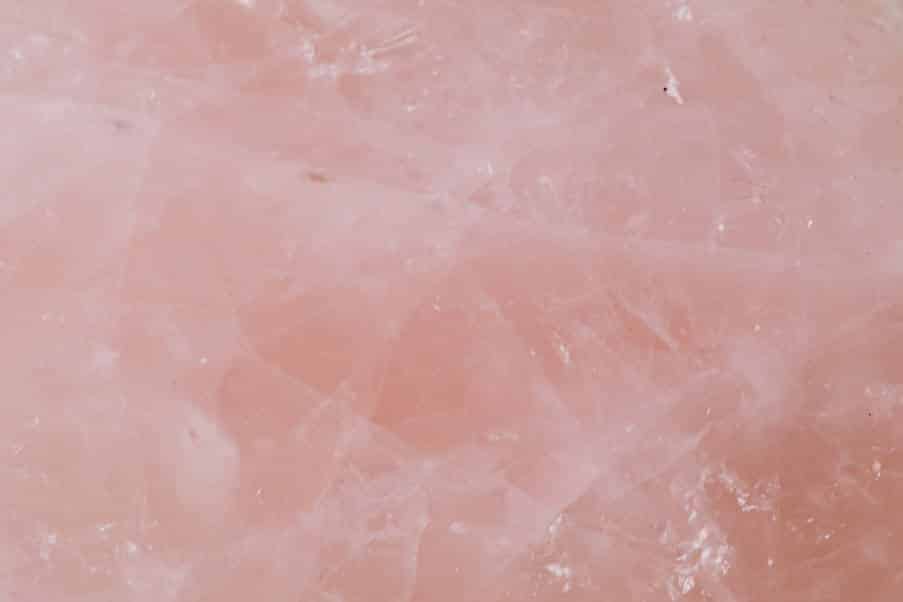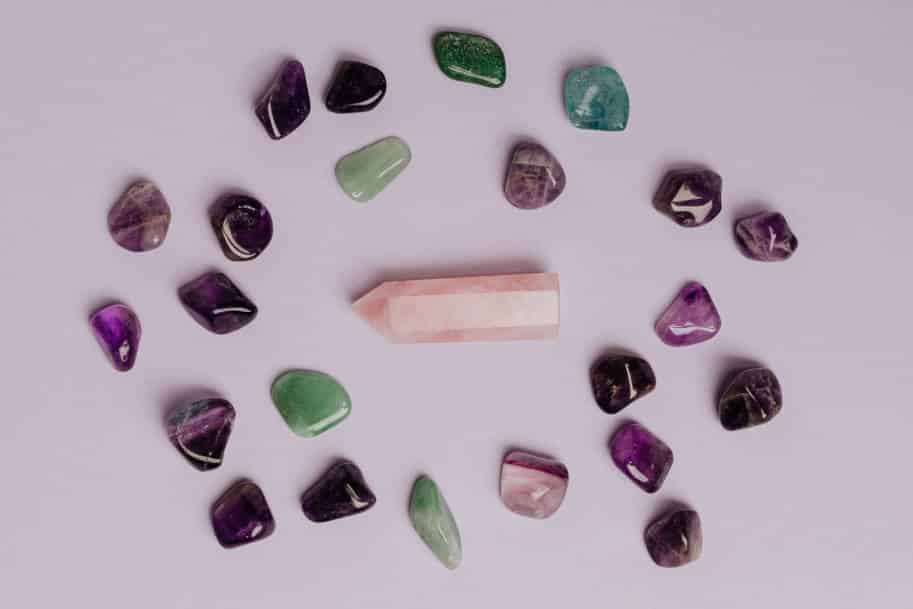Gemstones (or simply gems) are naturally occurring minerals used in the production of jewelries and other aesthetic items. Gemstones are usually beautiful, rare and durable; this is why they are highly priced. They exist in crystalline form and are found in different colors- some are even colorless. Before being used as jewelry pieces, gemstones are sometimes heat treated to enhance clarity and color- they are sometimes used in their raw form. Over a hundred gemstones have been discovered so far by man but only four – diamond, sapphire, emerald and rubies – are regarded as precious stones, the rest are referred to as semi-precious stones. Popular gemstones include: opal, turquoise, chrysoberyl, jade, spinel, topaz, corundum (rubies and sapphire), beryl (emeralds and aquamarine), tourmaline, zircon, feldspar, garnet, lazurite, quartz (amethyst, ametrine and citrine) and diamond.
Synthetic Gemstones
Since the early 1900s gemstones have been lab synthesized. These laboratory synthesized gemstones classically referred to as ‘synthetic gemstones’ are often similar to the natural ones with respect to chemical, crystalline, physical and optical properties. Like the natural ones, they are composed of a particular mineral and colored by another trace mineral. All four precious stones can be synthesized in the laboratory as well as most of the semi-precious gemstones.
Ruby was the first gemstone to be lab synthesized on industrial scale, and since then processes to synthesize many others have been discovered and used. About all gemstones that exist in nature can be lab synthesized .The common methods through which gemstone synthesis can be done include: melting at high temperature, by means of solution using high temperature and pressure, or by means of a ceramics mixture set at high temperature. All these techniques require the use of high temperature.
Synthetic gemstones are not fake neither are they inferior, although they cannot be referred to as minerals like their natural counterparts because they are not naturally occurring. It is almost impossible to differentiate between natural and synthetic gemstones. They are so similar that a synthetic gemstone weighs the same as a natural gemstone the same size. However, a few, although not common, differences exist between them. Two of these differences are:
- Synthetic gemstones have less impurities than natural gemstones. The absence of these impurities makes their color, most times, more vivid than the naturals.
- They are usually less expensive in comparison.

Gemstones have imitations, but these imitations are different from synthetic gemstones, they are referred to as simulants. Despite having similar physical appearance as the real gemstones, simulants have no chemical similarity with the natural or synthetic gemstone. Due to their similarity in physical appearance, it is always difficult to differentiate them from their natural counterpart. Laboratory tests and physical analysis are often carried out by gemologists (gemologists are experts in the field of gems) to identify them. Different gemstones have methods through which an imitation can be detected. They are usually made from plastics, resins, glass and dyes.
Rubies, pearls, sapphire, aquamarine, emeralds, red beryl, spinel, opal, alexandrite and diamonds are the gemstones with prevalent synthetics; they also have high amounts of imitations due to their demand and market value. Of all the imitated gemstones ‘fake’ diamond is the most prevalent.
Synthetic Diamond
Pure diamond occurs in nature as a 3D crystalline form of carbon. Diamond is the hardest natural substance known on earth. Diamond exists as a colorless substance although it also exists graciously in colors like yellow, brown, grey and sometimes black, red, green, translucent white, violet, orange, purple and blue.
Diamonds typically are found many kilometers deep into the earth’s crust and take a period usually more than a billion years to form. Due to how difficult it is to obtain naturally-occurring diamond and its increasing demand gemologists now synthesize diamonds in the laboratory. So far diamonds have been synthesized commercially using either of three different methods: the High Pressure High Temperature (HDHT) method, the Chemical Vapor deposition (CVD) method, and denotation synthesis. Synthetic diamonds are sometimes used as gemstones but rather than as gemstones they are mostly used for making polishing and cutting tools, heat sinks and abrasives. Synthetic diamonds used as gemstones are often synthesized either by High Pressure High Temperature (HDHT) method or Chemical Vapor deposition (CVD) method. Synthetic diamonds are also available in various colors and the colors occur mainly due to the addition of certain impurities during synthesis.
Like other synthetic gemstones, synthesized diamonds are not ‘fake’. Lab synthesized diamonds are identical to naturally occurring ones in terms of physical properties (like hardness, transparency, electrical resistivity, thermal conductivity), optical properties and chemical properties. They are even graded like naturally occurring diamonds using the 4cs of diamond quality (color, clarity, cut and carat weight as set by the Gemological Institute of America, GIA but various differences exist and they include:
- Synthetic diamonds are generally cheaper than the naturally occurring ones.
- They are more eco-friendly as obtaining the natural ones most times involve digging many kilometers into the earth crust; natural diamonds emit more carbon.
- Synthetic diamonds are generally more flawless than the natural ones.
Like other gemstones, diamonds also have imitation which is also known as simulants. Cubic zirconia, moissanite and rhinestone glass are the most common diamond simulants. Theses simulants are made from materials, which may be either artificial or natural, possessing diamond-like physical properties; materials like zircon, cubic zirconia, moissanite, quartz, topaz, white sapphire, etc. Diamond simulants are generally different from real diamonds (which includes synthetic diamonds). Many differences exist between them, some of them being:
- Diamonds cannot be scratched with any other material other than diamond but simulants can
- Diamonds are generally harder than simulants
- They have densities different from that of diamonds.
Synthetic gemstones are also ‘real’ gemstones. Using jewelries made from natural gemstones is a good idea if you can afford it, as it gives you a sense of originality and a feeling of pleasure. In some cases it also shows societal status. Some people even believe that these natural gems bring luck. However, for some reasons synthetic gems may be your best bet. They are relatively cheaper than the natural ones- buying them is more like paying less for the same value. Also, synthetic gemstones can be made to your specification while the naturally-occurring may not. So, which would you rather go for?

